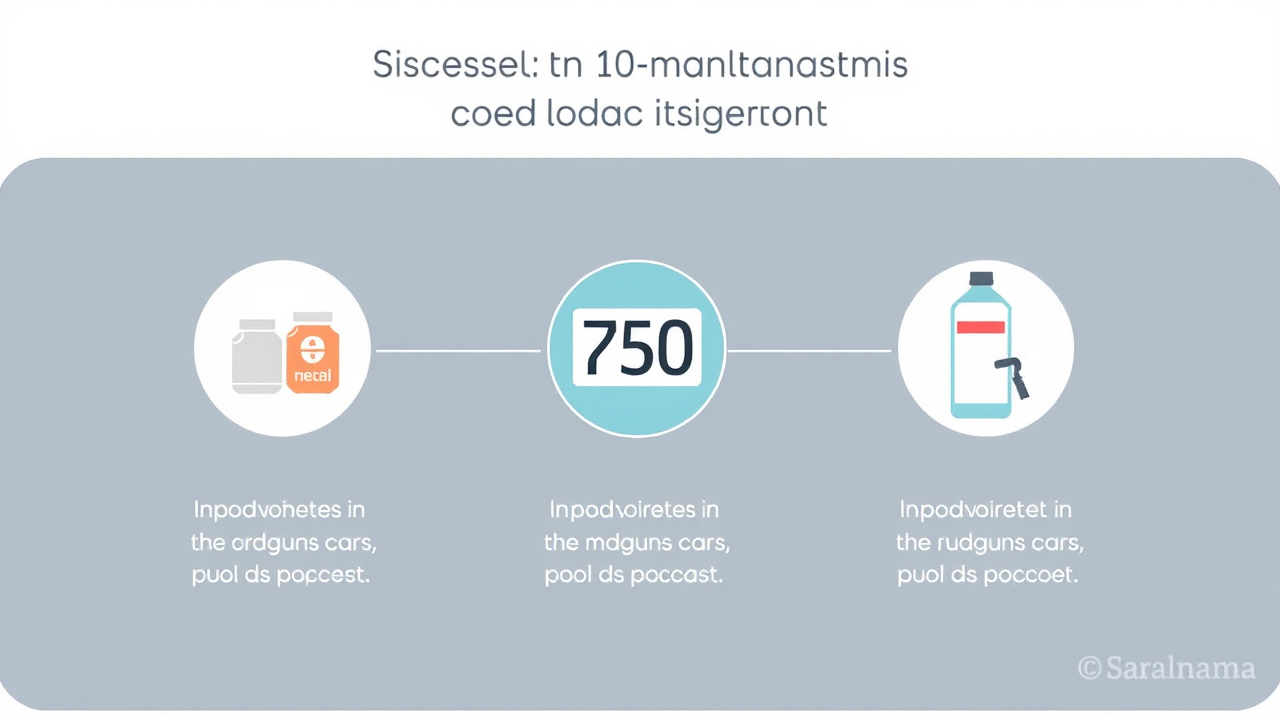A question posted on Quora asked whether blood sugar levels running between 110 to 140 mg/dL throughout the day are normal. Medical experts explained that the answer depends on timing, health history, and how the readings are taken. If these numbers appear after meals, they are generally acceptable for most adults. However, if they persist on an empty stomach or before breakfast, they may indicate prediabetes or impaired fasting glucose. For people without diabetes, normal fasting blood glucose ranges from 70 to 99 mg/dL, and post-meal values should be below 140 mg/dL. For those with diabetes, targets are broader. Several factors like stress, poor sleep, high-carb snacks, or dehydration can cause temporary spikes. Consistent elevated readings require consultation with a physician or endocrinologist. Early intervention through diet and exercise can often normalise sugar levels without medication.

Steps to Manage and Monitor Blood Sugar Levels
Experts recommend checking a true fasting level after 8 hours without calories and a postprandial reading 1 to 2 hours after meals. An HbA1c test can estimate average glucose over three months. Discuss results with a clinician who may suggest lifestyle changes like weight management, healthy diet, and regular physical activity. If symptoms like excessive thirst, frequent urination, unexplained weight loss, or blurry vision occur, or if readings exceed 180 to 200 mg/dL, seek medical attention promptly. Make your plate colourful with half vegetables, one-quarter lean protein, and one-quarter whole grains. Walk for 30 minutes daily, preferably after meals. A 5 to 7 per cent weight loss can normalise blood sugar. Manage stress, sleep at least 7 hours, and stay hydrated.
Source: Link
